Gone are the days when you can rely on traditional SEO to boost your search traffic and visibility.
Now, it’s the era of answer engine optimization (AEO), where you need to provide direct answers to users’ queries.
More than keyword rankings, a business or website now needs to focus on improving its visibility by providing helpful answers so that answer engines can mention your content to users.
In this guide, we’ll discuss what AEO is about, how it’s shaping the future of SEO, and the best practices to improve your content’s visibility in answer engines.
Table of Contents
What is AEO in terms of SEO?
AEO stands for Answer Engine Optimization, which is the process of focusing on optimizing your website’s content to provide direct answers to users in answer engines.
These answer engines can include Google’s featured snippets, voice assistants (Siri, Alexa, Google Assistant), and AI search responses.
The primary goal of AEO optimization is to provide short and direct answers to users’ queries and optimize for answer engines.
For example, when you ask a query like “top 3 SEO tools” on answer engines like Perplexity, it analyzes real-time SERP data and user reviews to provide the most accurate answer.
Have a look;
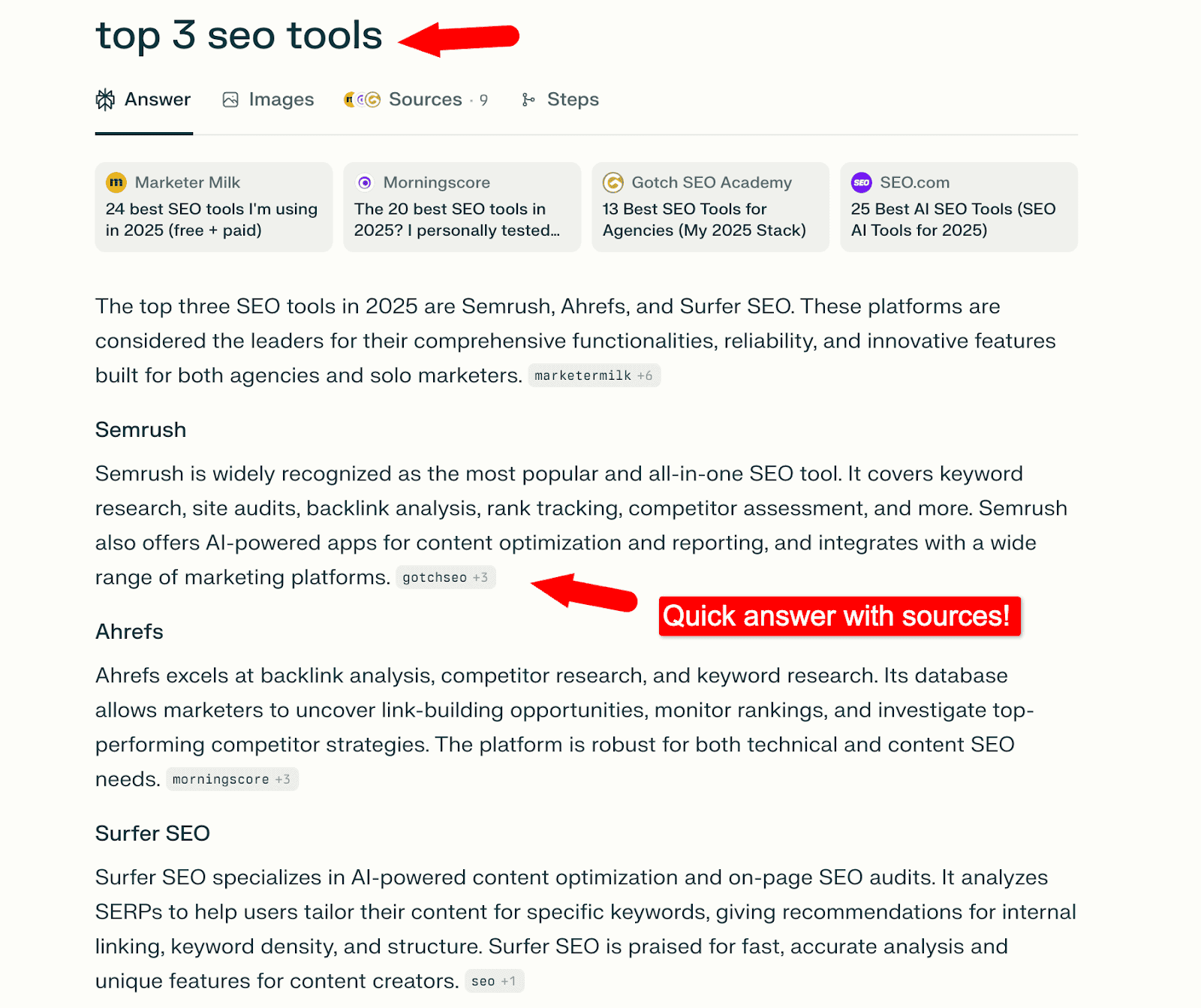
As you can see above, answer engines provide simple answers directly, allowing users to obtain the answer without needing to click on any links.
Learn about the different types of SEO and how each one can help you generate more search traffic.
Is AEO Replacing SEO?
The short answer is no.
However, people are increasingly using answer engines like ChatGPT to obtain information quickly.
In traditional SEO, people have to search a topic on Google, click on a website, and then read the whole information to find answers (or information).
In AEO (Answer Engine Optimization), answers are delivered instantly, so users don’t have to click and browse through different websites.
AEO makes it easier to find information online, but it doesn’t replace SEO; instead, it complements it.
SEO is still one of the proven ways to build authority, establish trust, generate high-quality visitors, and drive traffic to a website.
SEO is evolving regularly, and AEO, GEO, AIO, etc, are all a part of its evolution. Things like AEO are making it essential for businesses to optimize for both search engines and answer engines.
New to search engine optimization? Learn what SEO is and find beginner-friendly tips in our free guide.
Key Takeaway: Does AEO replace SEO? No, it won’t, but AEO can only complement search engine optimization to provide a better and faster user experience.
How AEO Is Different from Traditional SEO?
AEO ≠ SEO
Both are not the same, but AEO complements SEO.
Traditional SEO often focuses on specific keywords and backlinks, whereas AEO focuses on providing concise and accurate answers.
SEO still involves ranking your web pages in search results, while AEO is exclusively about getting cited in AI answers.
In short, SEO helps with better organic rankings while AEO drives citations or mentions of your content.
Here are some answer engine optimization examples;
- AI engines like ChatGPT provide direct answers to questions, such as “How long does SEO take?” (3 to 6 months, for example), rather than letting users browse multiple websites.
- Similarly, for the query “best free SEO tools,” AI provides a tool list, such as “Google Search Console, Ubersuggest, and AnswerThePublic,” rather than requiring users to scroll through multiple blog posts.
Want to know how SEO is evolving? Explore the future of SEO and see upcoming trends and tips.
Key takeaway: SEO provides users with comprehensive information, whereas AEO gives concise and direct answers to users’ queries.
How to Optimize Your Content for AEO? Best Practices for 2026

Remember, content creation best practices remain the same even for AEO. To improve your brand’s visibility in LLM, you need to create the most helpful content and offer the best user experience.
That said, here are some of the best practices to maximize the benefits of answer engine optimization.
Provide Direct Answers to Common Questions
Here’s the thing about answer engines: they always prioritize direct answers to users’ queries.
Answer engines like ChatGPT or Perplexity aim to provide direct answers to people’s questions, without the need for them to scroll through various websites or links.
For example, when someone asks, “What are the best SEO practices for beginners?” the answer engine will look for a short, simple explanation that it can display immediately.
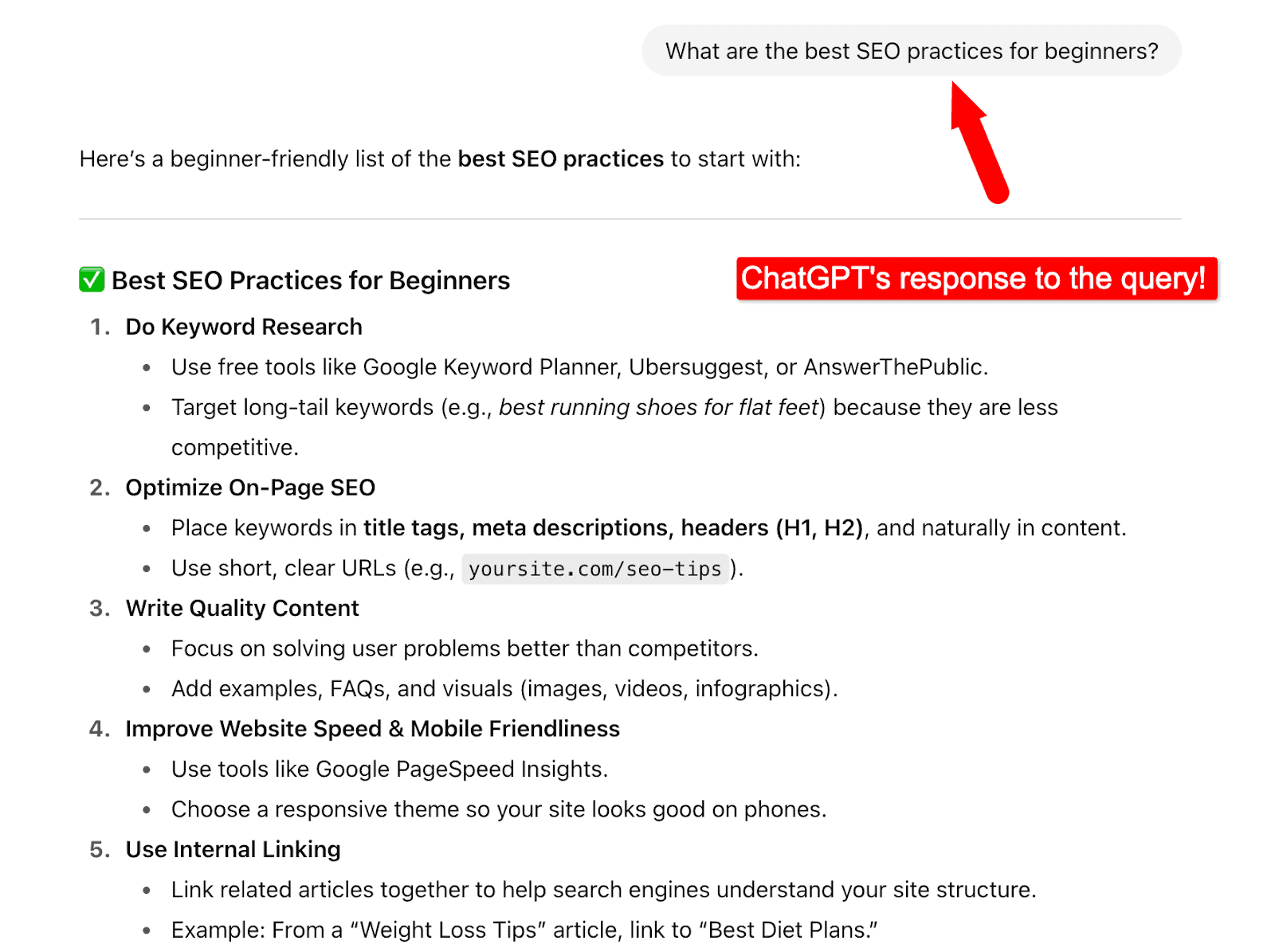
So, websites that give quick facts, simple lists, or easy-to-understand explanations are more likely to be picked up in answer engines.
Key takeaway: Websites that provide accurate and direct answers to queries are likely to be featured in AEO.
Use Structured Data
Schema markup (or structured data) is code that helps search engines or answer engines understand your website’s content.
Search engines like Google often use structured data to show rich results.
Here’s a simple illustration by Ahrefs;
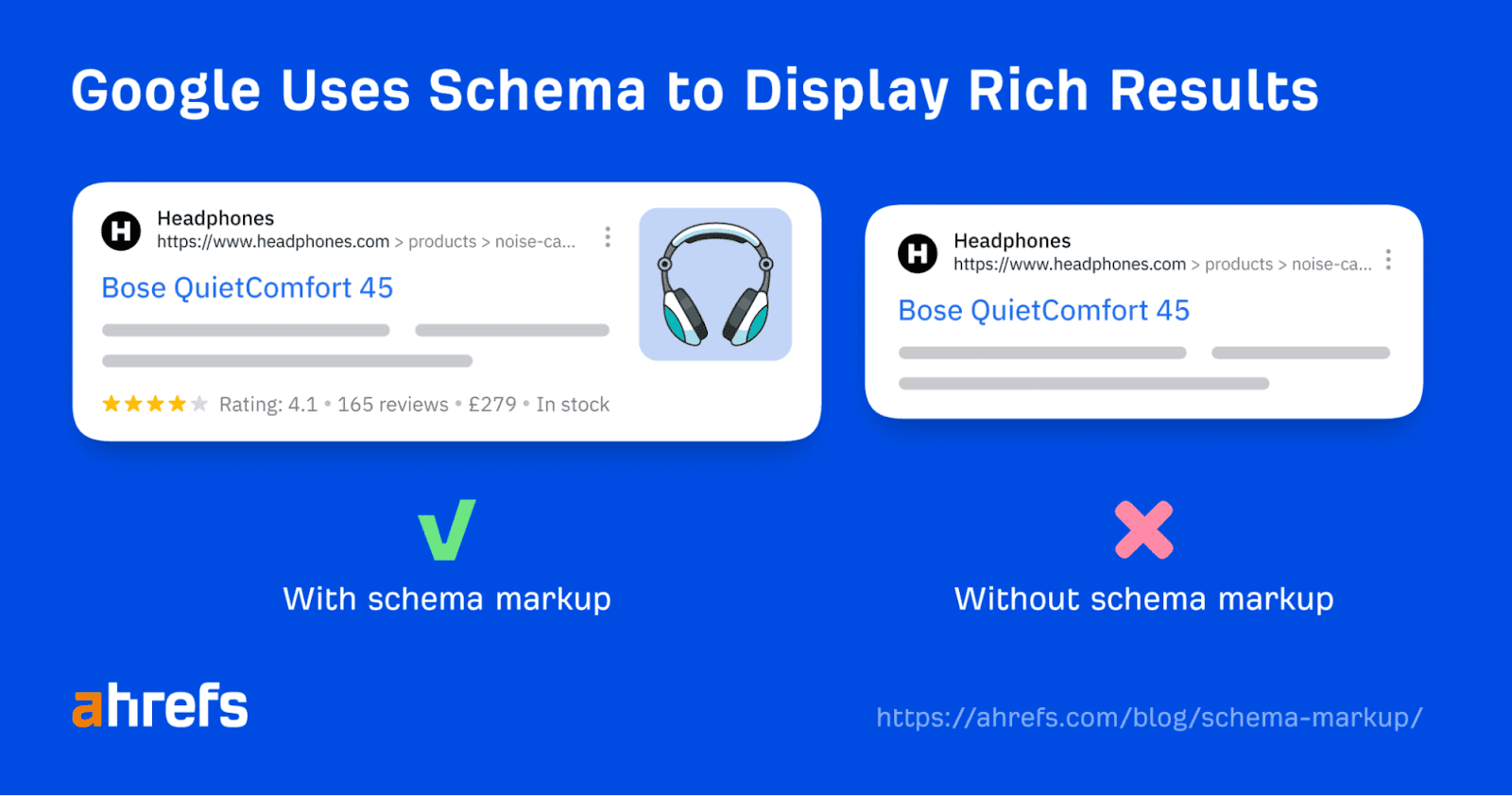
Example: Imagine you’ve a blog post on “How to start a website from scratch”
Without implementing a structured schema, AI platforms (or Search Engines) see plain text such as tips, instructions, and tools as paragraphs.
With the How-to schema, you label as;
- Step 1: Choose a domain
- Step 2: Pick a web hosting provider
- Step 3: Connect with WordPress and so on
Now, answer engines can easily pull your steps from the structured data and display them in a featured snippet or answer box whenever someone asks, “How to create a website.”
You can easily implement structured data on your website using tools like RankMath.
Key takeaway: Using structured data makes it easier for search engines and answer engines to understand the context of your content and show it in rich results.
Optimize for Voice Search with Natural Language
Did you know that ChatGPT’s mobile app has ~486 million monthly active users? (Data Reportal)
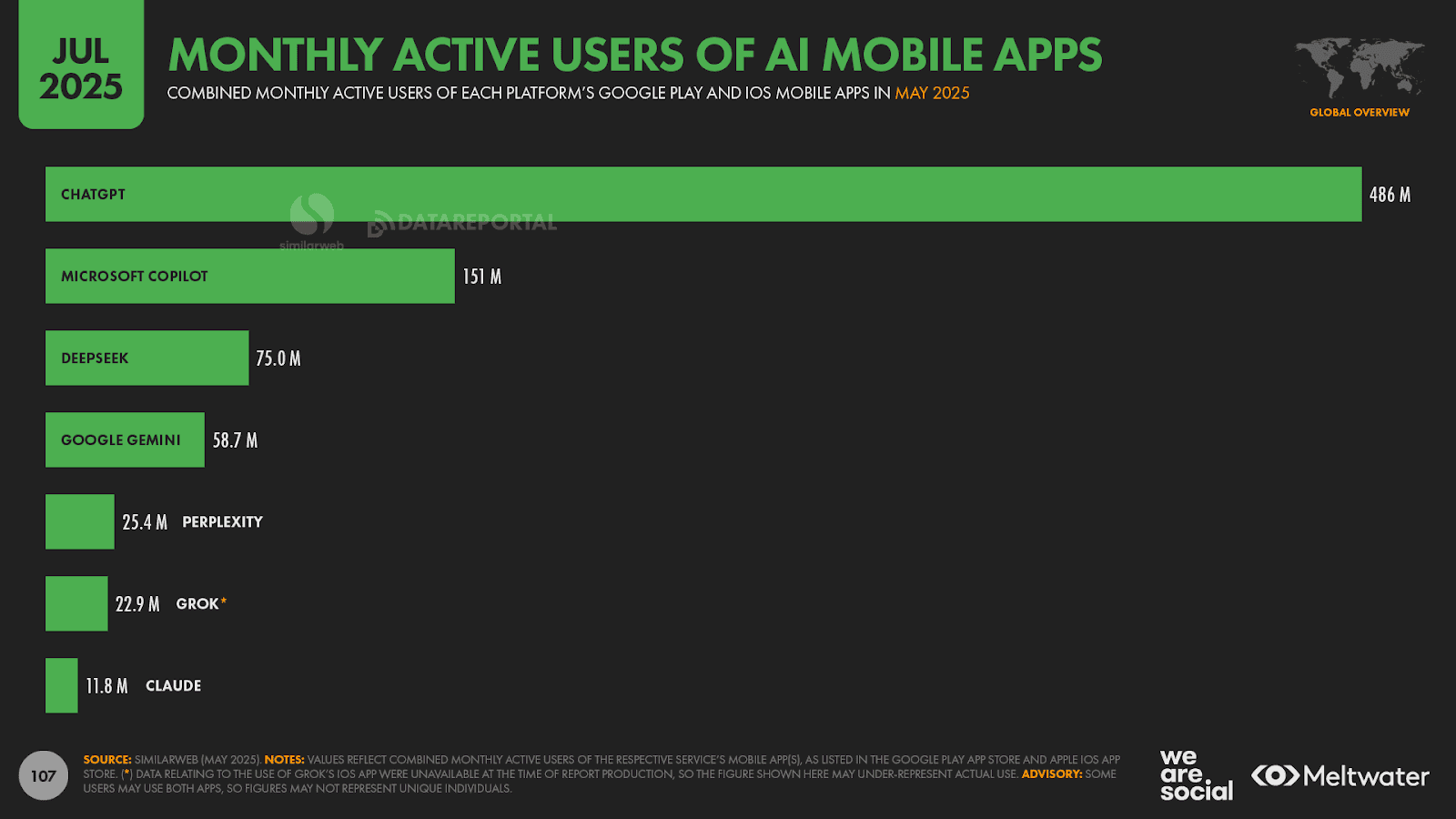
With millions of users actively using AI assistants on their phones, voice searches are gaining popularity.
That’s why search engines like Google are prioritizing websites that provide short and direct answers to users’ queries.
For example, instead of typing “how to create a blog”, a user may ask “what’s the best way to start a blog”.
If you focus on natural language and conversational keywords, your content is more likely to appear in voice searches and answer engines.
If you want to learn more, read our free guide on voice search SEO to optimize your content for voice assistants properly.
Key takeaway: Optimizing your website’s content using conversational language can help your site show up in voice searches and answer engines.
Ensure your Content Is Mobile-Friendly
If you want your website’s content to get picked up by answer engines, make sure it looks great on smartphones.
More than 60% of web traffic comes from mobile. So, if you’re ignoring mobile-friendly content, you’ll be leaving traffic to your competitors.

You can use free tools like Google’s PageSpeed Insights to see what your users are experiencing when they come to your site.
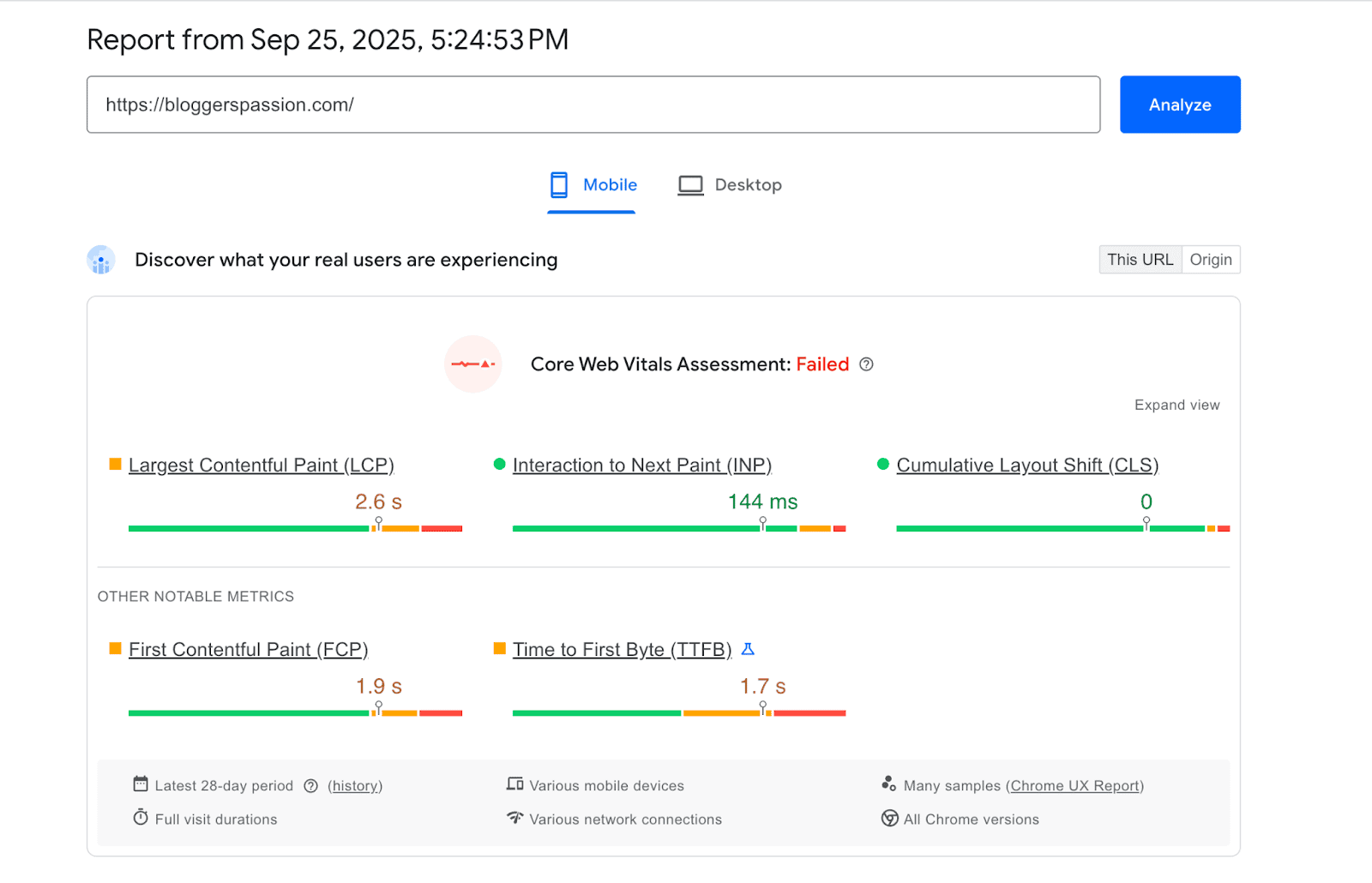
Also, remember that being mobile-friendly means your content should be easy to read on phones, not just fit the screen.
Here’s where using strong headings, clear text, bullet points, and short paragraphs comes into play.
For example, if someone searches for “best SEO tool” on their phone, your answer should appear quickly and be easy to read without zooming.
Consider adding a summary to highlight key takeaways from the content. Ensure the summary is placed at the top of the post. You can use subheadings like “Quick Answer,” “TLDR,” or “Key Takeaways.”
Here’s an example of such a summary from one of our posts on Reddit statistics.
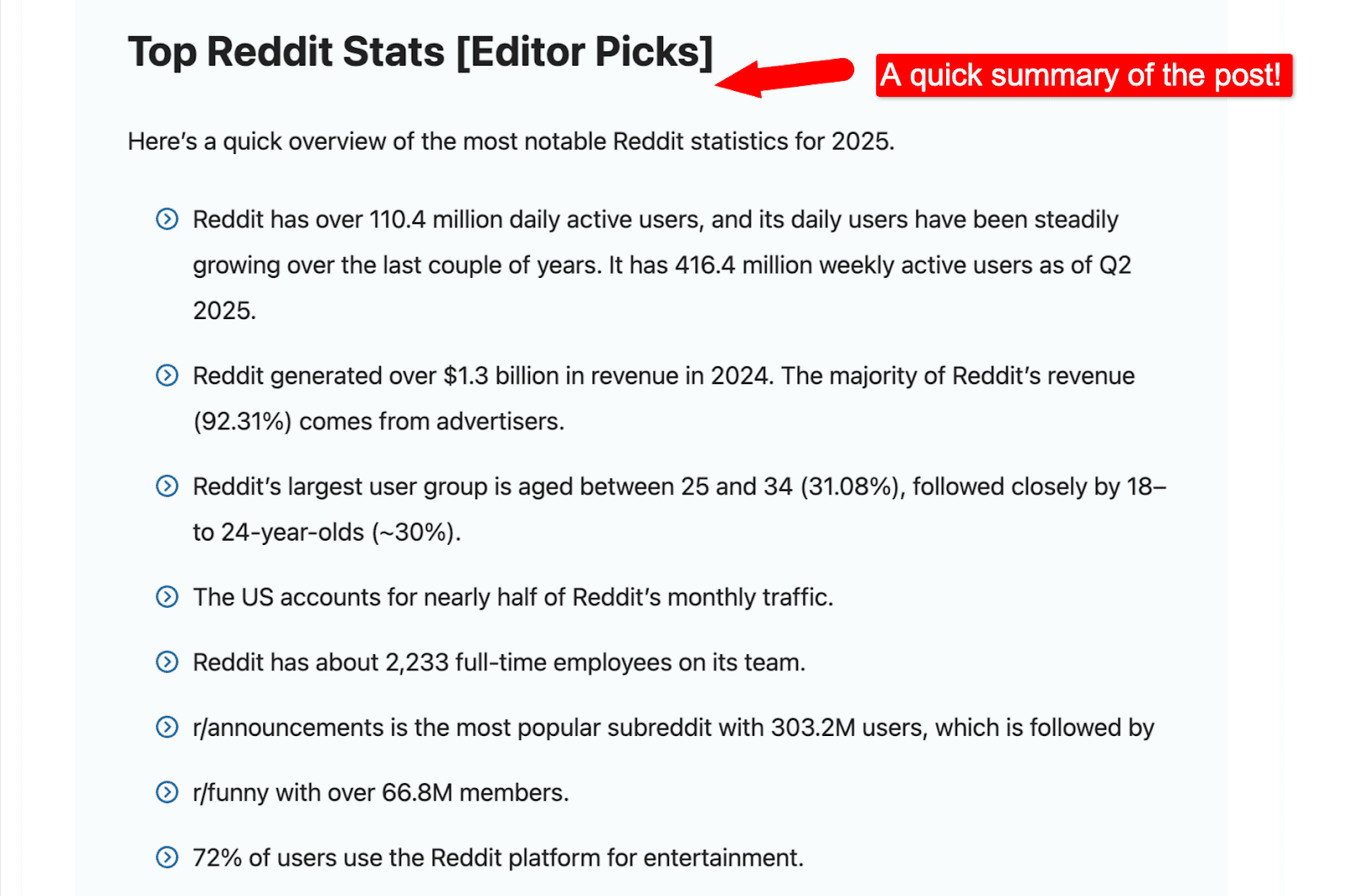
As you can see above, adding a summary of the content helps readers quickly find the main points, and makes it easier for answer engines to use your summary in AI answers.
Key takeaway: Making your content mobile-friendly with clear headings, bullet points, and summaries can increase its chances of appearing in answer engines.
Audit Your Existing Content
Make sure to audit your content that is already ranking in featured snippets and question-based keywords.
You can use tools like the Semrush AI toolkit to analyze if AI platforms are citing your website.
The best thing about using such AI tracking tools is that they also offer suggestions to improve your AI citations.
Here’s an example of how the tool identifies missing sources and suggests adding trusted references to improve content.
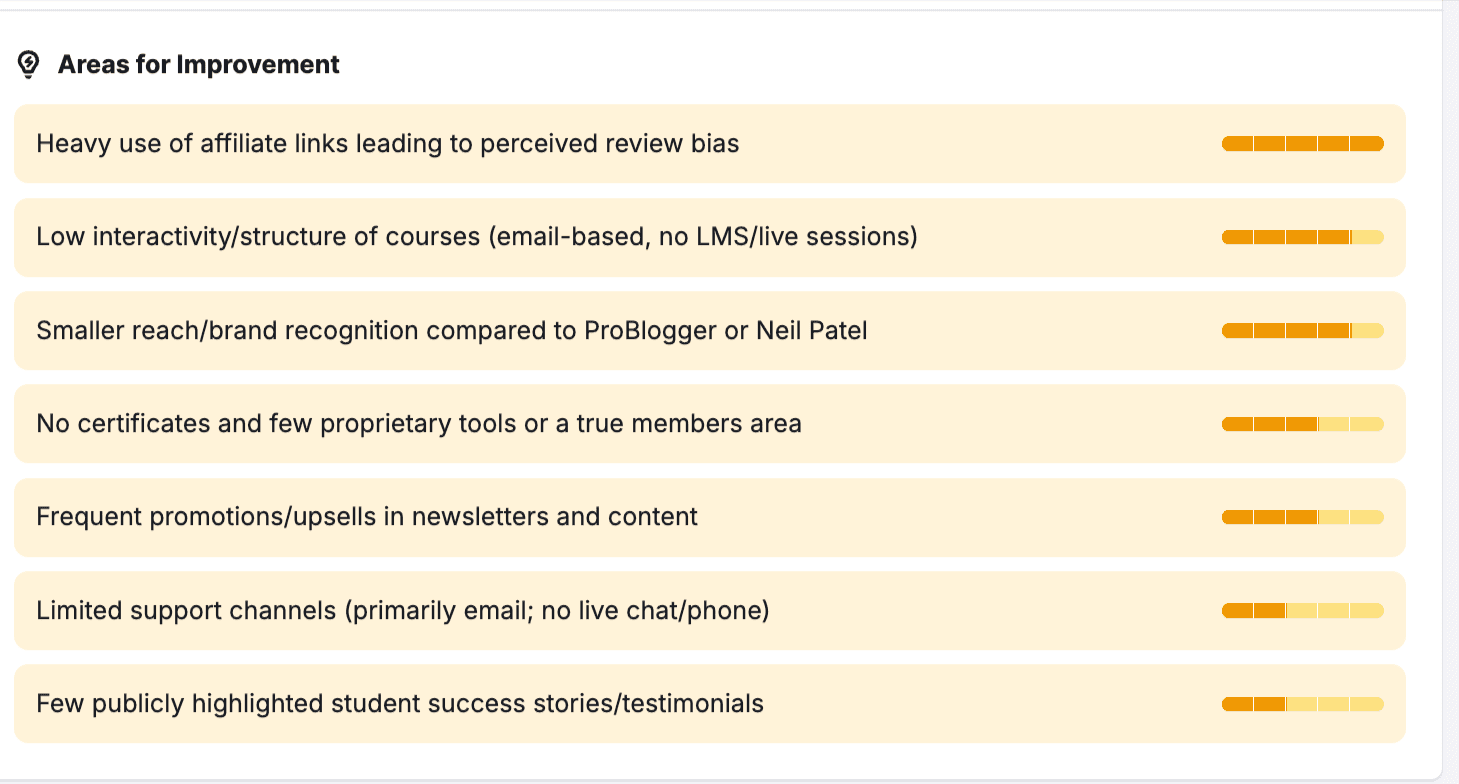
Tracking your existing content this way can help you focus on the most important pages and update others so more of your answers appear directly in answer engines.
Key takeaway: Regularly auditing and updating your content with AEO in mind can increase its chances of being cited by AI.
Bonus Read:
Conclusion on how to do AEO
If not yet, start optimizing your content for things like GEO, AEO, and AIO from today to make your website future-proof.
Why? More and more people are going to use AI tools to find information and get crisp answers to their queries. The demand for answer engines is expected to grow rapidly.
What are your thoughts on answer engine optimization? Have any more questions on AEO? Let us know in the comments.
FAQs | What is AEO in Digital Marketing
Here are some of the most frequently asked questions on answer engine optimization in SEO.
The best way to optimize your content for answer engines is to provide clear answers to user queries as soon as possible. Additionally, using a structured schema and voice optimization can also be beneficial.
Yes, AI platforms like ChatGPT, Gemini, Perplexity, etc, are all answer engines, as they provide answers to users’ queries.
Traditional SEO focuses on keyword research, building backlinks, content optimization, etc. In contrast, AEO focuses primarily on providing direct answers to users’ questions, without the need for a click-through to a website.
Data-driven resources, featured snippets, FAQs, and voice searches are the most effective for AEO.



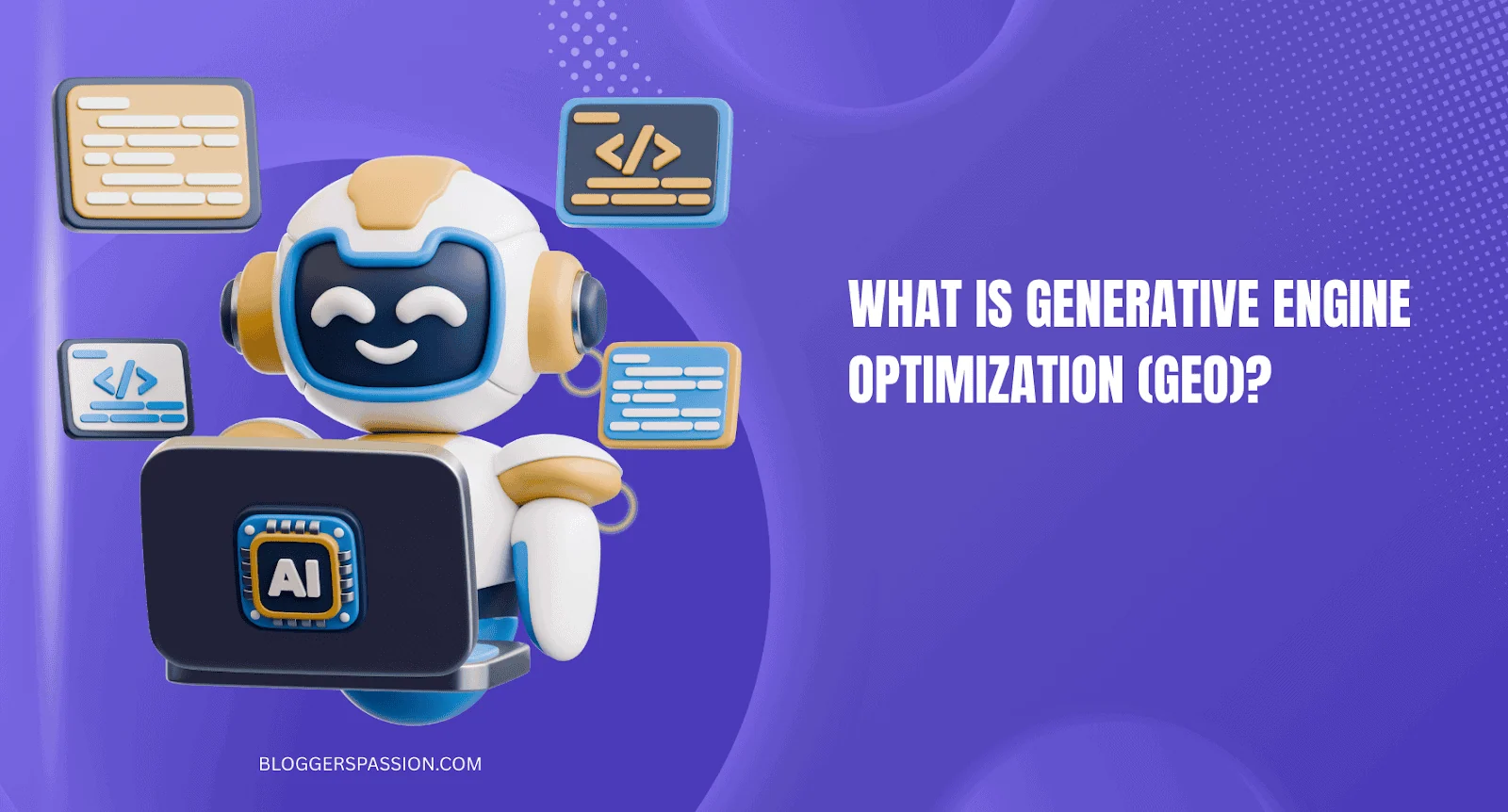
Hi John, thanks for your thoughtful comment.
I’ll first answer your question: Yes, exactly, structuring your content to anticipate and answer follow-up questions will help you with AEO.
Answer engines indeed prioritize E-E-A-T signals (including backlinks) while citing answers.
All these terms, including AEO, GEO, AIO, etc, require the same SEO foundations: high-quality content, authority, and relevance.
However, you should also consider a few additional factors, such as addressing users’ queries directly in your content and using descriptive headings.
Thanks for stopping by!
This is a comprehensive breakdown of AEO, Rahul and Anil! You’ve perfectly captured how search is evolving beyond traditional blue links.
I’ve been experimenting with AEO strategies for my clients, and one crucial aspect I’d add is the importance of authority signals. Answer engines heavily weigh E-E-A-T (Experience, Expertise, Authoritativeness, Trustworthiness) when selecting sources for citations. A website with strong backlinks and industry recognition seems to get preference, even for AI answers.
Your point about structured data is spot-on. I’ve found that implementing FAQ Schema and How-To markup significantly increases visibility in both featured snippets and AI responses. On my SEO blog, I actually documented a case study where FAQ markup led to a 40% increase in voice search visibility.
One question: With the rise of multi-turn conversations in AI search, do you think optimizing for follow-up questions will become part of AEO? For example, if someone asks “best SEO tools,” then follows up with “which is most affordable?” – should we structure content to address these conversational paths?
Thanks for demystifying this important SEO evolution!
This was such a clear explanation of AEO! For beginners, SEO often feels overwhelming, but breaking it down into how search engines aim to answer questions really makes sense. I like how this approach can be applied across industries—whether it’s a tech startup or even mosquito control services, providing direct, valuable answers builds trust and visibility. Thanks for simplifying such a complex topic in an easy-to-follow way!
Hi Anil,
Loved how clearly you explained AEO! Your tips on using structured data and adapting for voice search feel practical and timely. It really makes the concept easy to grasp and apply.